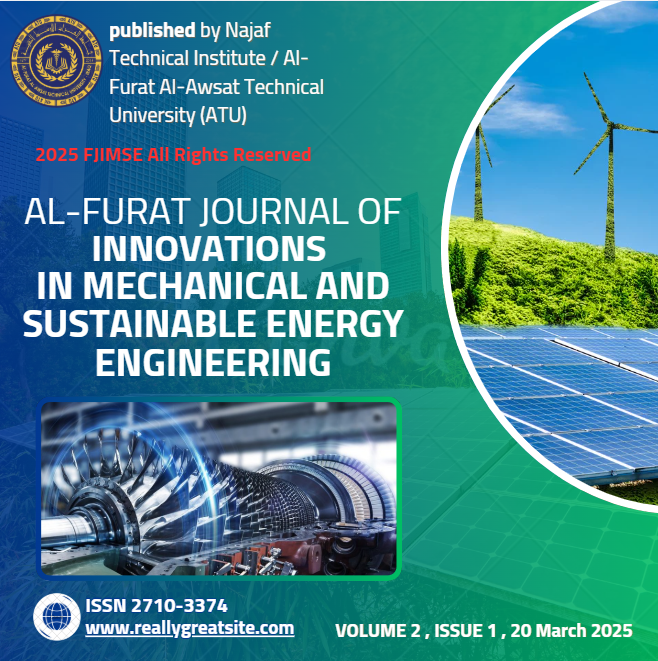Assessment of Carbon Intensity Dynamics in Electricity Generation A Comparative Analysis of Middle Eastern Countries (2013-2023)
DOI:
https://doi.org/10.52262/fursee.v1.i1.3Keywords:
Carbon intensity, Climate mitigation, Electricity generation, Energy policy, Renewable energy.Abstract
The Middle East, a region heavily reliant on fossil fuels, faces unique challenges in transitioning to low-carbon energy systems. This study investigates the carbon intensity trends of electricity generation across five key Middle Eastern countries—Saudi Arabia, Kuwait, Iraq, Iran, and Turkey—between 2013 and 2023. Using a robust statistical approach, the analysis highlights significant disparities in carbon intensity, influenced by varying energy policies, economic conditions, and technological advancements. Turkey emerged as a regional leader, achieving a notable reduction in carbon intensity from 479.51 gCO₂/kWh in 2013 to 453.97 gCO₂/kWh in 2023, a 5.3% decline attributed to its investments in renewable energy. Conversely, Saudi Arabia maintained the highest levels, with an average carbon intensity of 695.82 gCO₂/kWh, reflecting a continued reliance on fossil fuels despite diversification efforts under Vision 2030. Kuwait and Iran displayed stability in their carbon intensity, averaging 650.95 gCO₂/kWh and 645.44 gCO₂/kWh, respectively, while Iraq exhibited fluctuations, peaking at 681.08 gCO₂/kWh in 2017 before declining to 661.50 gCO₂/kWh in 2023. An ANOVA test confirmed significant differences among the countries (F = 349.69, p < 0.0001), emphasizing the impact of country-specific factors. These findings underscore the urgent need for accelerated energy transitions, regional collaboration, and policy reforms. Turkey’s achievements highlight the transformative potential of renewable energy investments, offering a model for other nations to follow. By adopting strategic policies and fostering regional cooperation, Middle Eastern countries can significantly reduce their carbon intensity and contribute meaningfully to global climate mitigation efforts.
Downloads
Published
Issue
Section
License

This work is licensed under a Creative Commons Attribution-ShareAlike 4.0 International License.




